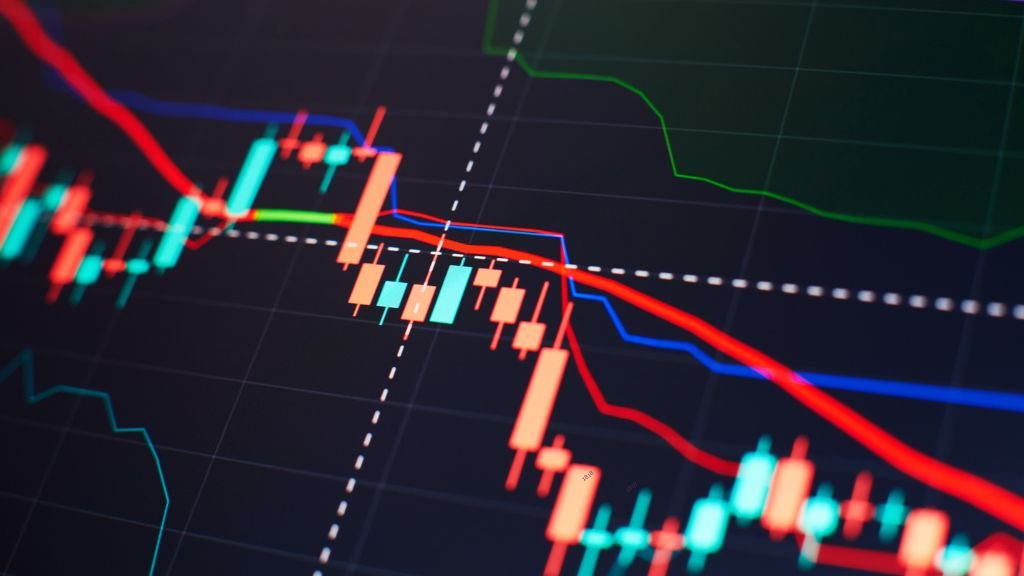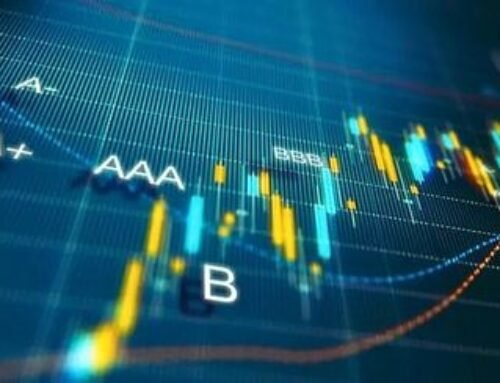
“Leading” and “Lagging” indicators are crucial concepts for businesses, economists, investors, and Credit Rating Agencies. These indicators help in making informed decisions by providing insights into both past performance and future predictions.
Lagging Indicators: Understanding the Past
Lagging indicators provide data about a business’s past performance, offering concrete insights into its current outcomes. As the name suggests, these indicators “lag behind” events, reflecting the results of changes and trends that have already occurred. In credit rating, lagging indicators are vital for assessing the historical trend of an issuer or issue. They rely on past and current information to evaluate a company’s financial health, considering factors such as revenue portfolio, liquidity profile, debt levels, capital base, and other critical areas. By confirming long-term trends, lagging indicators help in understanding how past events have shaped the present state of a business.
Leading Indicators: Predicting the Future
In contrast, leading indicators are forward-looking and predictive. They are based on current data and suggest likely changes in a business’s performance. Leading indicators “lead” the changes they indicate, providing a glimpse into potential future outcomes. In credit rating, these indicators are used to forecast possible changes in a company, often based on established facts or anticipated results of decisions made by the issuer. Although leading indicators offer valuable predictions, they do not guarantee future events. Instead, they highlight probable outcomes based on gathered information, particularly from the company in question. These indicators can vary significantly depending on the type of business being rated, making them specific to each company’s unique context.
Interplay Between Leading and Lagging Indicators
Interestingly, whether a set of financial or business data is considered a leading or lagging indicator often depends on how it is used by a rating agency. The same data set can serve as a leading indicator in one context, predicting future events, while also acting as a lagging indicator in another, reflecting past outcomes. This duality underscores the flexibility and importance of these indicators in credit rating.
Credit Rating Agencies utilise lagging indicators to analyse trends and patterns in a business’s financial health. At the same time, they use leading indicators to forecast potential changes, providing a comprehensive view of both where a company has been and where it might be headed.








Leave A Comment